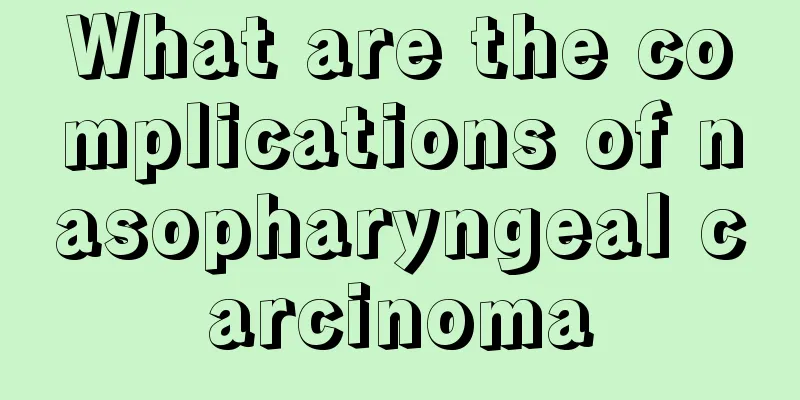How to treat tooth wedge-shaped defects?

|
Teeth are a part that everyone needs to pay great attention to, and the health of teeth is extremely important to people's bodies. Teeth can initially break down food and reduce the digestive burden of the stomach and intestines. Teeth are also an important part of people's image. There are many types of dental diseases. Among them, tooth wedge-shaped defects are relatively rare, and the treatment methods need to be carefully studied. Let's take a look at how to treat tooth wedge-shaped defects? A wedge-shaped defect is a defect caused by the slow consumption of hard tissue in the labial and buccal neck of the tooth. It is named because the defect is often wedge-shaped. Causes 1. Brush your teeth This is the main cause of wedge-shaped defects, which are also called brushing wear. The reasons are: ① People who brush horizontally with force often have typical and severe wedge-shaped defects. ②Does not occur on the lingual surface of the teeth. ③ Labially displaced wedge-shaped defects are often more serious. ④ Wedge-shaped defects in teeth are often accompanied by gingival recession. 2. Structure of the tooth neck The structure of the enamel-cementum junction at the cervical part of the tooth is relatively weak and easily worn away, which is conducive to the occurrence of defects. 3. Effect of acid Acid exudate in the gingival sulcus is associated with the defect. Defects of hard tissue under the gingival margin are sometimes seen clinically. 4. Teeth, lips, cheeks and neck It is the area where bite force stress is concentrated. Long-term chewing force causes tooth tissue fatigue and damage in stress concentration areas. treat 1. Treatment principles (1) Patients with minimal tissue loss and no dentin hypersensitivity do not require special treatment. (2) For those with dentin hypersensitivity, desensitization therapy should be used. (3) For larger defects, filling and restoration can be performed using glass ionomer cement or composite resin. For those with deep holes or sensitive symptoms, padding should be performed before filling. (4) When there is pulp infection or periapical disease, endodontic treatment or root canal treatment can be performed. (5) If the defect has caused a transverse fracture of the tooth, root canal treatment can be performed, followed by a denture or tooth extraction, depending on the condition and conditions. 2. Treatment measures (1) A wedge-shaped defect with minimal loss (shallow) is asymptomatic and does not require treatment. (2) For those with dentin hypersensitivity, desensitization can be achieved through medication. (3) Defects that are too large or too deep can be repaired by filling. If the pulp has been penetrated, endodontic treatment can be performed, followed by defect repair. For tooth fractures, root canal treatment is performed on those with good root surfaces, followed by crowning, post crowning or tooth extraction. (4) Use the correct brushing method (vertical brushing method) and do not use excessive force when brushing to avoid damaging the gums. |
<<: Why does my tooth still hurt after root canal treatment?
>>: How to treat nocturnal bruxism in adults?
Recommend
Why does thyroid cancer not affect life expectancy
Thyroid cancer is a common cancer. Surgery for th...
Is osmanthus suitable for growing indoors?
Osmanthus is known as one of the top ten famous f...
What's wrong with my body's skin being cold
Every year after the White Dew solar term, many g...
What are the treatments for anal eczema
Anal eczema is a common allergic skin disease in ...
What exercise helps you grow taller?
I believe that almost everyone hopes to grow tall...
Fear of interacting with the opposite sex
In people's daily lives, it is impossible to ...
Are slimming belts useful?
Nowadays, women are working hard to lose weight. ...
How to use a light wave oven
I believe many people know about microwave ovens,...
The left side of my buttocks hurts
The body will not become abnormal without reason,...
Patients with rectal cancer also have positive stool occult blood or bloody stools
Patients with rectal cancer also have positive st...
Pustular acne around the mouth
Acne is a common skin disease in life. It mostly ...
Why do I have back pain one and a half years after lung cancer surgery? What should I do?
The causes of back pain one and a half years afte...
Pulmonary vein thrombosis?
Pulmonary embolism is a pathological phenomenon c...
Will jumping make your legs thicker? Correct practice will make you have a good figure
The sport of jumping includes high jump, long jum...
Is it okay to take a cold shower?
Bathing is a necessary part of body cleaning for ...









